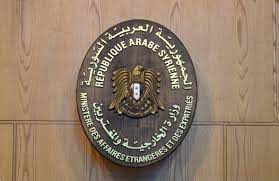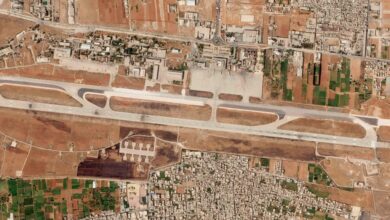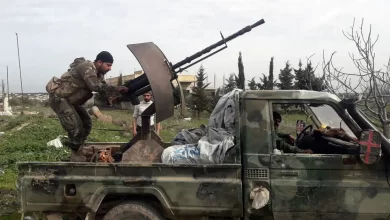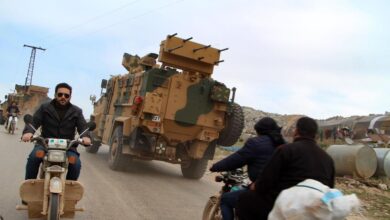CNN: Top US spy says Somalia, Yemen, Syria and Iraq represent greater terrorist threat than Afghanistan
Afghanistan is no longer the US' top concern among international terrorist threats to the American homeland, the nation's top spy said at an intelligence and national security conference in Washington on Monday, even amid ongoing fears from some critics who argue that the country could become a haven for terrorist organizations like ISIS and al Qaeda to regroup following the US withdrawal.

Terror threats emanating from Somalia, Yemen, Syria and Iraq — in particular ISIS — pose a greater danger than those that might emerge from Afghanistan, Director of National Intelligence Avril Haines told the annual Intelligence and National Security Summit, according CNN.
“In terms of the homeland, the threat right now from terrorist groups, we don’t prioritize at the top of the list Afghanistan,” she said, speaking by videoconference. “What we look at is Yemen, Somalia, Syria and Iraq for ISIS. That’s where we see the greatest threat.”
Haines acknowledged that intelligence gathering in Afghanistan has been “diminished” without US troops there and without the US-backed government in power in Kabul, but she insisted that the intelligence community has prepared for this reality “for quite some time.”
Haines said that a primary focus for the intelligence community now is monitoring “any possible reconstitution of terrorist organizations” in Afghanistan.
ISIS still operates in Syria and Iraq, although the group has been tamped down by the US military presence in both countries. In Yemen, an al Qaeda offshoot based there has attempted attacks on the United States. And in Somalia, the US has regularly conducted counterterrorism strikes against Al-Shabaab, which in early 2020 launched an attack on a US facility in Kenya that killed a US soldier and two US contractors.
Haines said Monday that the intelligence community is developing “indicators so that we can understand what are the things that we would be likely to see in the event that there were reconstitution” of terror groups in Afghanistan.
That means ensuring that “we have sufficient collection to monitor against those indicators, so that we can provide a warning to the policy community, to the operators, so that they’re able to take action in the event that we do see that,” she said.





